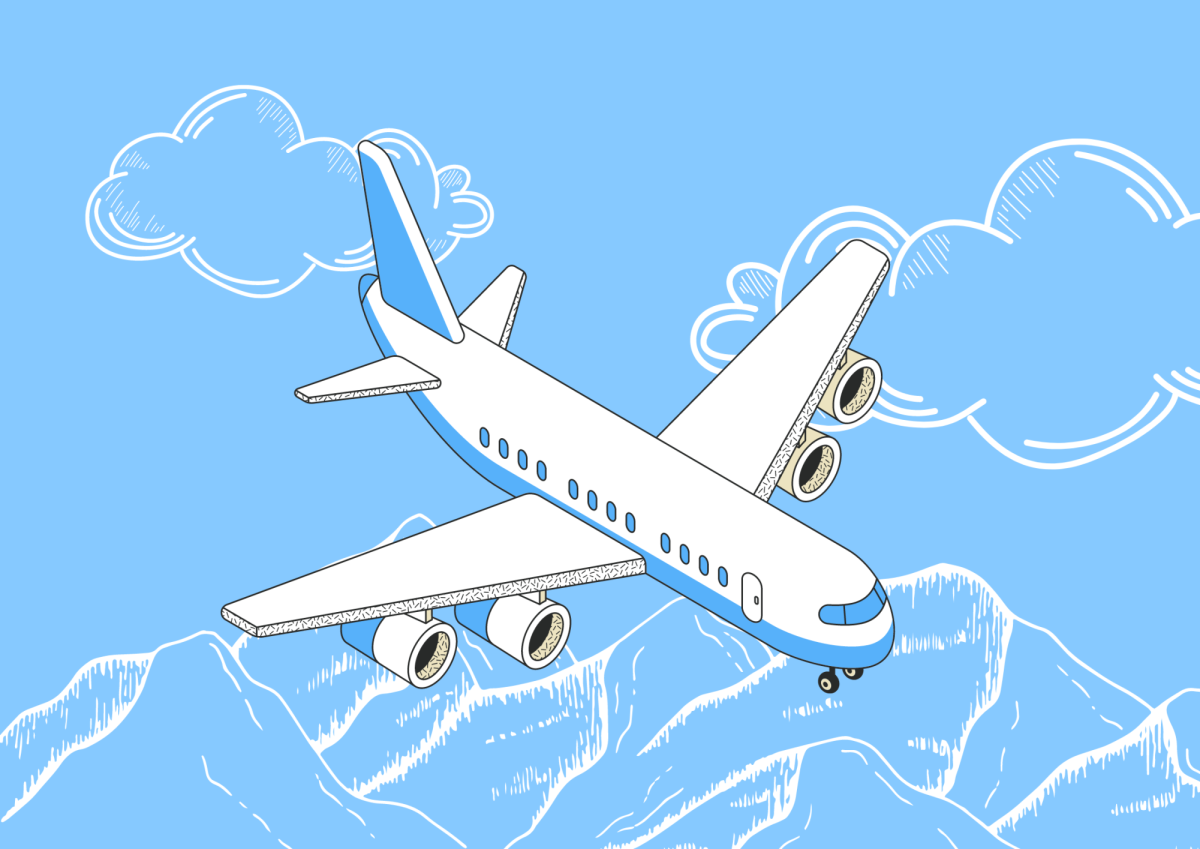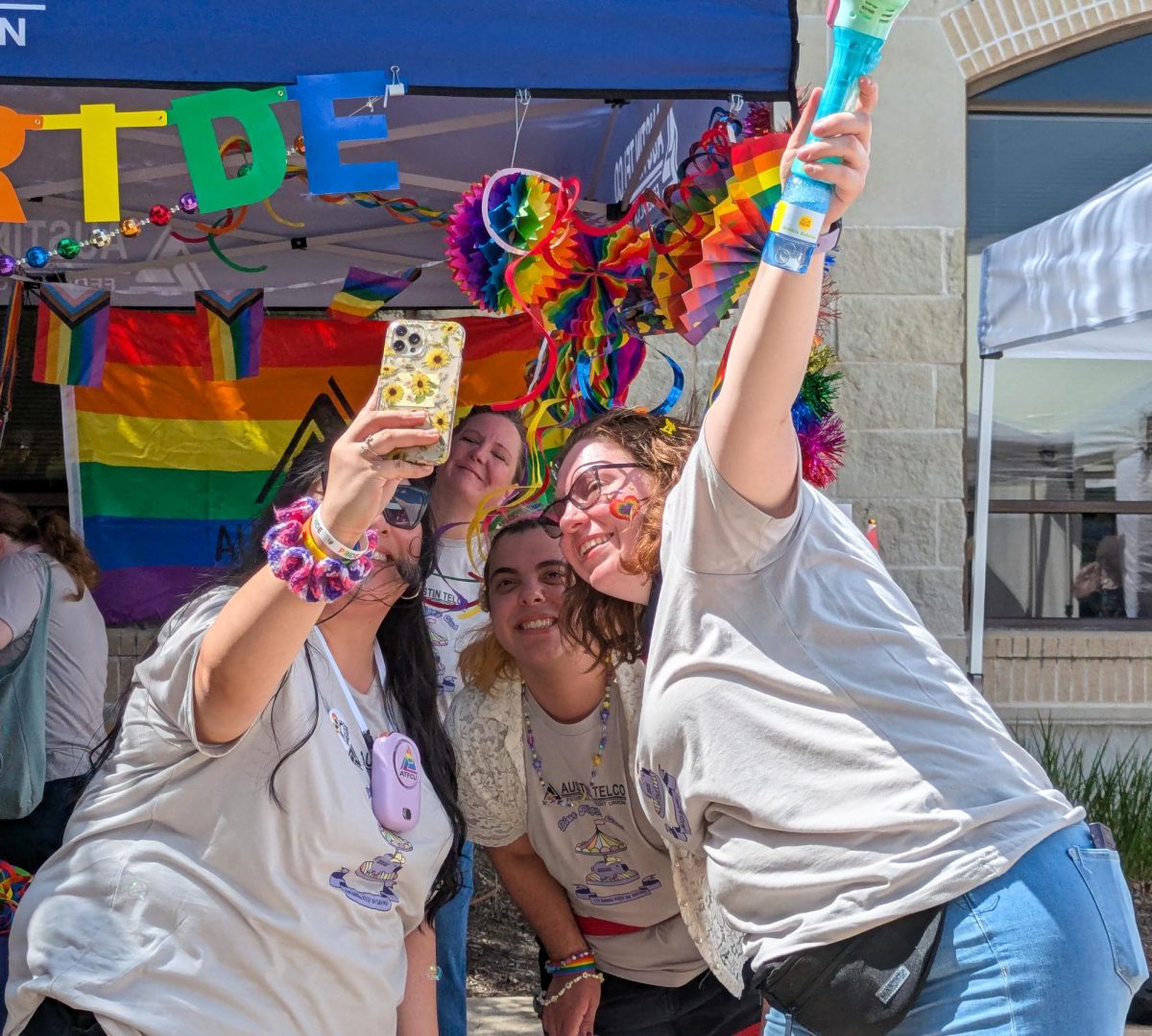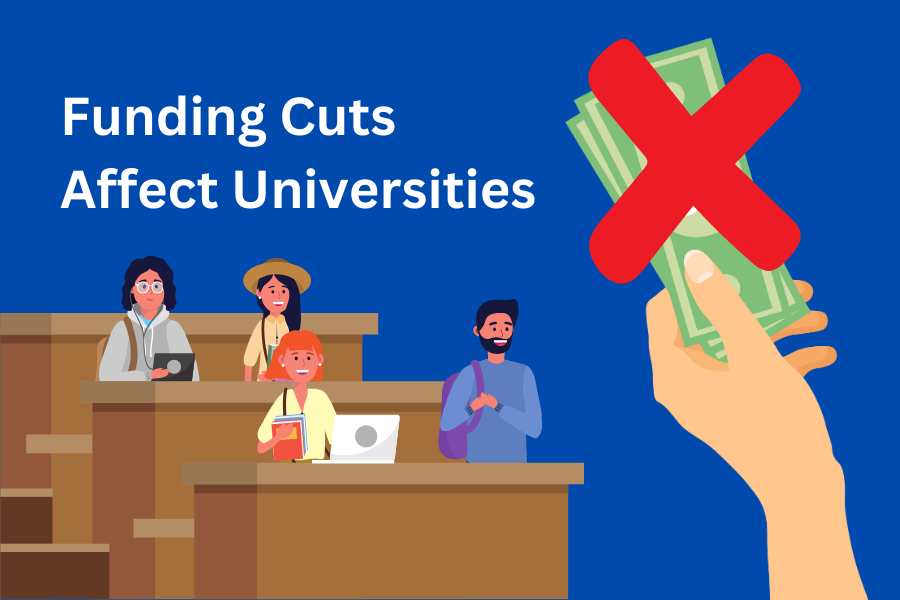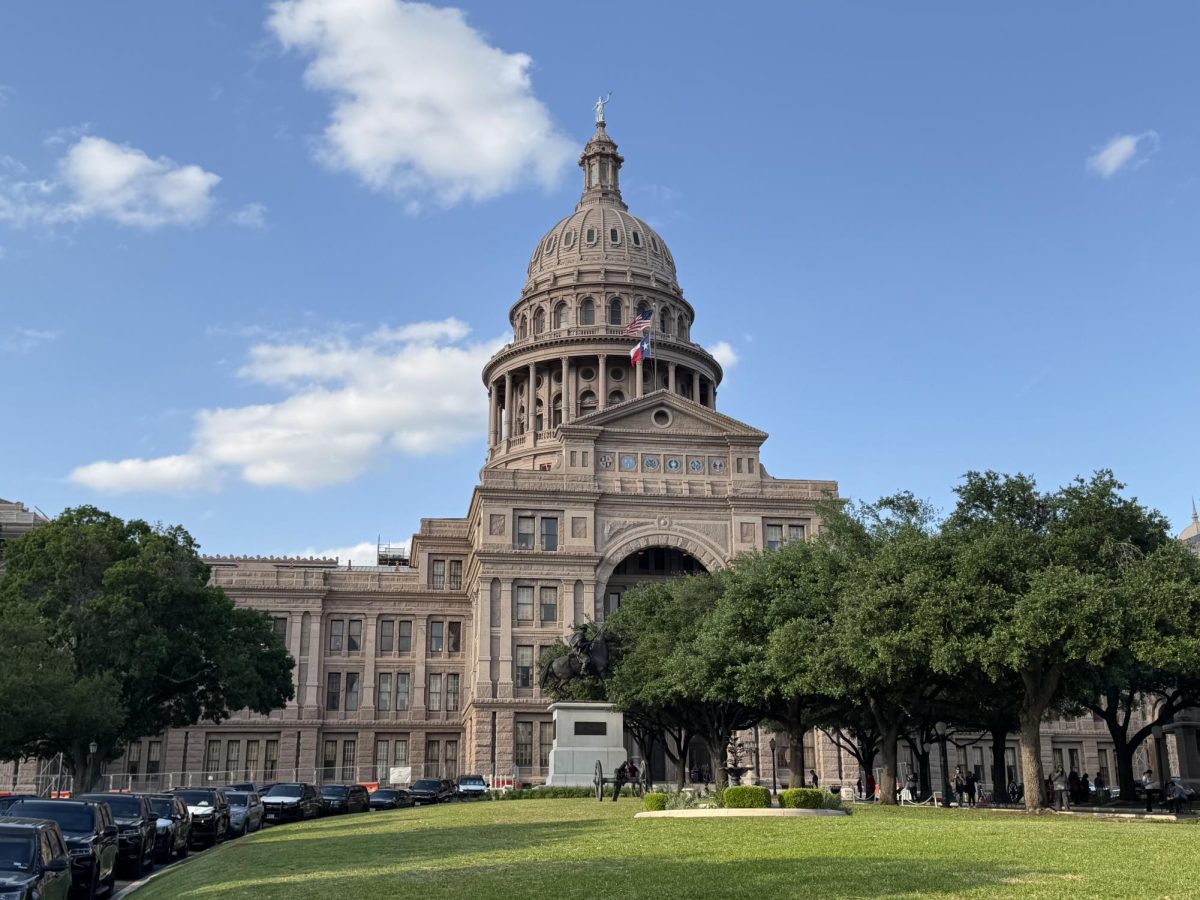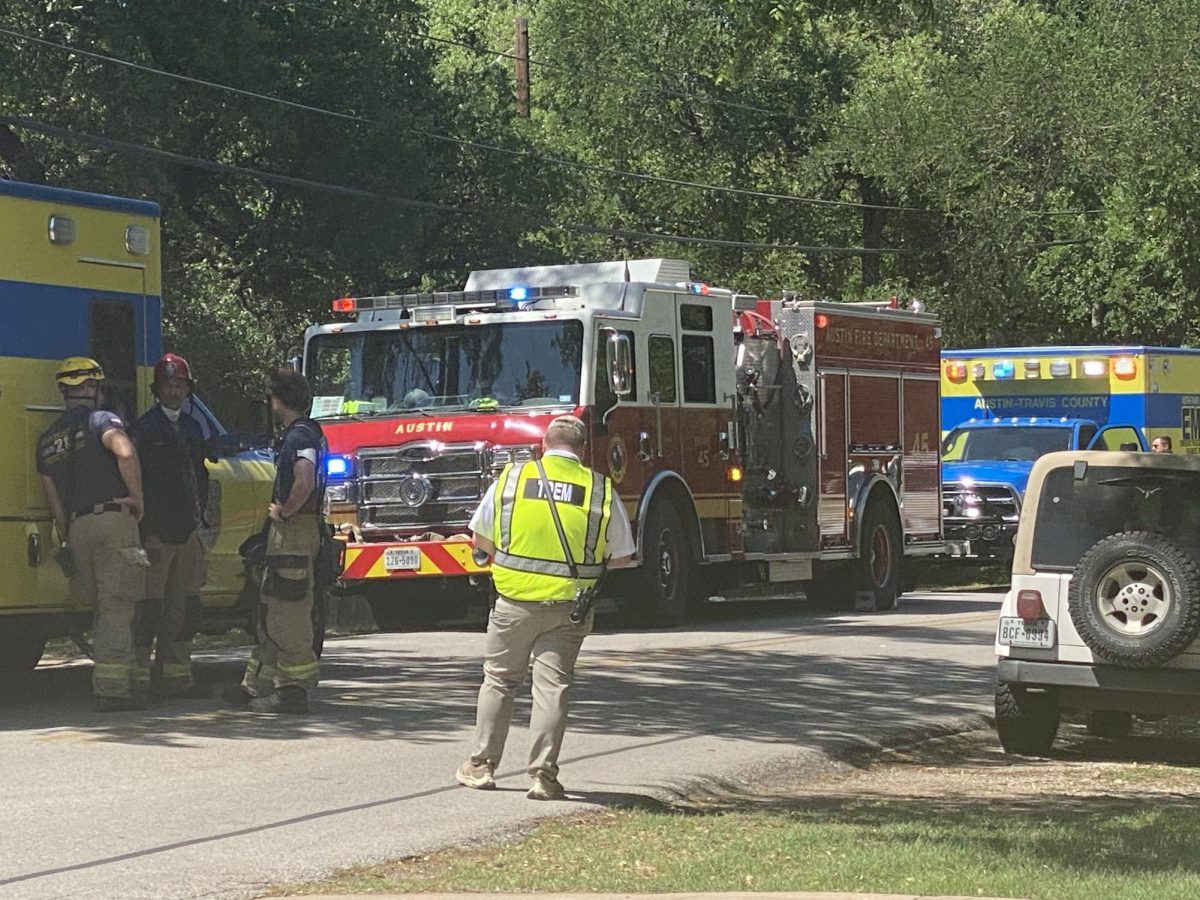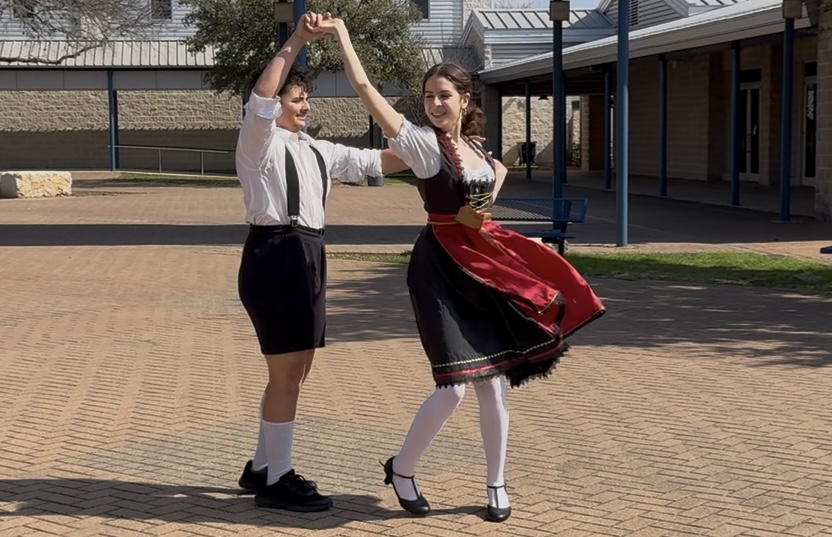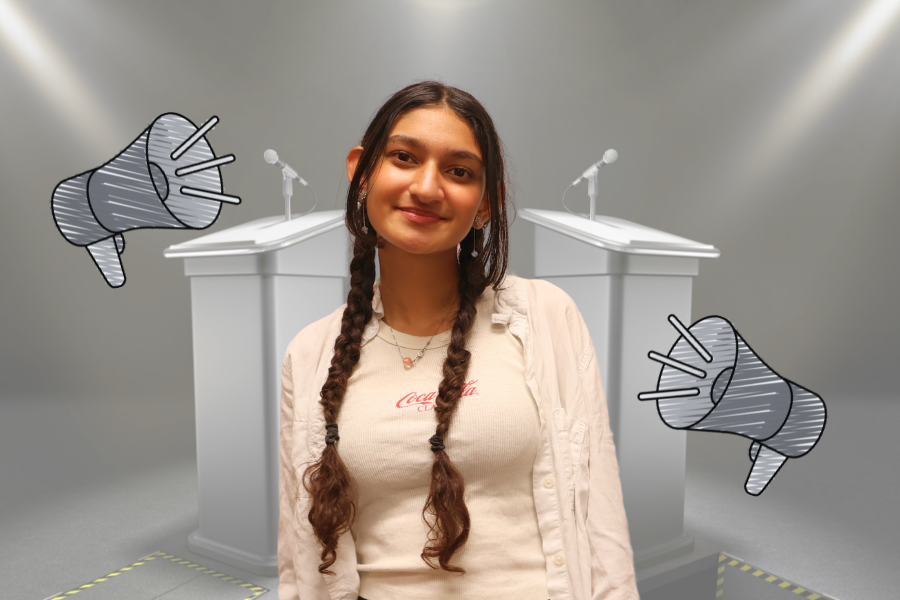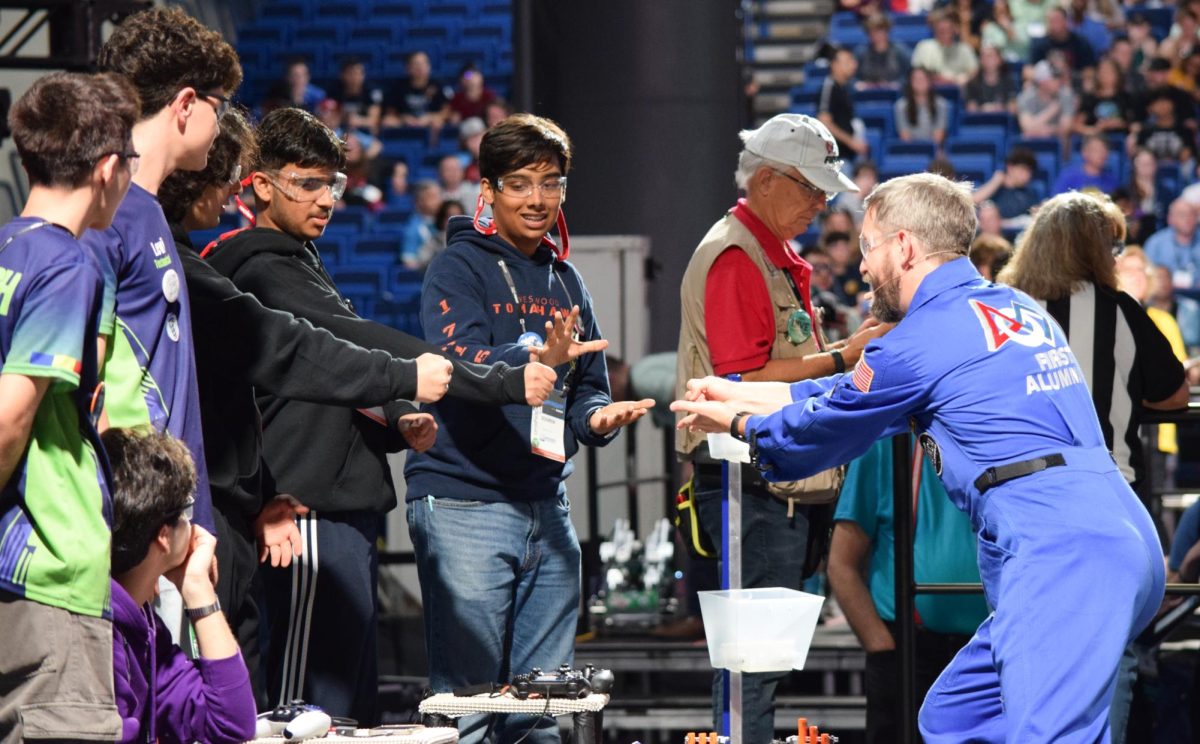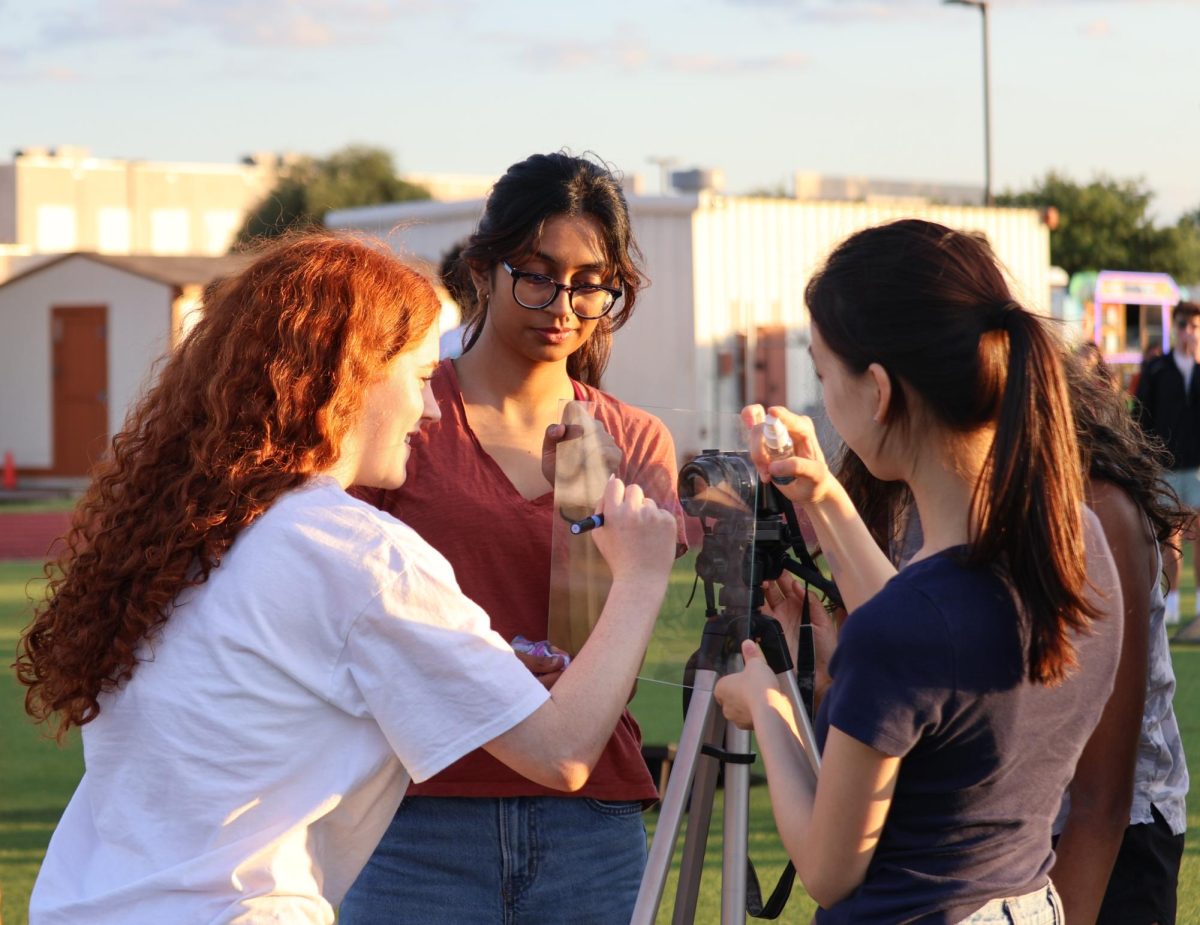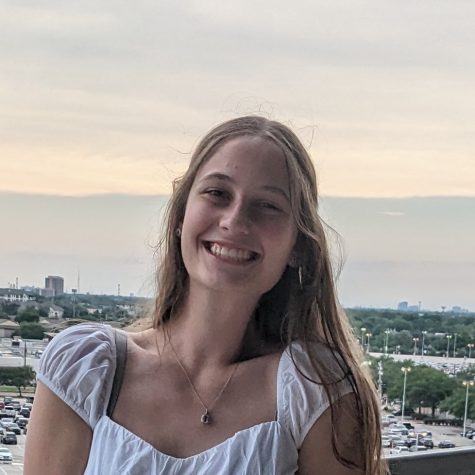The recent deterioration of planes has caused unrest in many passengers and involved companies. On Friday, Jan. 5, the door plug fell off a Boeing 737 Max 9, resulting in a forced emergency landing, although there were no casualties reported. Even more recently, on Saturday, Jan. 20, a nose wheel fell off a Boeing 757 moments before takeoff. The issue proved to be a mechanical issue specific to that plane.
Experts are unsure where to place blame for the plane’s failure. Some are unsure if this was a pure accident or more deeply rooted issue. Regardless of the cause, the Boeing Company took the incident very seriously and issued several statements repeating their commitment to passenger safety. As a result of heightened safety concerns, the Federal Aviation Administration (FAA) temporarily grounded all planes.
“The FAA announced requirements for a rigorous inspection and maintenance process as a new and necessary step before the FAA contemplates any further steps in the process to return Boeing 737-9 MAXs to service,” the FAA said in a press release on Wednesday, Jan. 17.
Planes typically include a specific pre-flight safety check to ensure accidents like this don’t happen. However, in the wake of these serious incidents, the FAA implemented new guidelines aimed toward securing the safety of the public.
“You have to check all the control services [and] make sure there’s no cracks in the airframe or in any of the control surfaces,” pilot in training Holden Alvarez ‘25 said. “[You have to do] electrical checks and you’re just checking for any damage that has been done to the aircraft since it’s last been flown.”
Despite the few incidents involving plane failures, aircrafts remain safer than most modes of transportation and pilots must go through extensive training which ensures the safety of their passengers.
“First, you have to register with the FAA and get your student pilot license, and then find a flight school,” pilot in training Natalie Opiella ‘25 said. “You can then call them and schedule your first flight. There’s also a lot of testing involved as well. You have to take something called an FAA written test. And with that, you also need a certain amount of hours which is night hours, solo hours, and things like that. Those are just some of the requirements that you need to get your Private Pilot’s License.”
The consequences of not following the proper protocol such as pre-flight checks, maintenance, training requirements, and safety rules can be catastrophic. If those guidelines are ignored, the safety of passengers and well-being of companies could be in danger.
“Everything is really important, [like] paying attention to detail,” pilot in training Lola Proano-Montana ‘26 said. “If you’re not 100% focused, there could be a lot of consequences that happen with the aircraft and your safety.”

